
To detect estrogen and its metabolites in the ovarian-type stroma of pancreatic mucinous cystic neoplasm (MCN) tumors, researchers applied a novel liquid chromatography–tandem mass spectrometry (LC-MS/MS) method.

To detect estrogen and its metabolites in the ovarian-type stroma of pancreatic mucinous cystic neoplasm (MCN) tumors, researchers applied a novel liquid chromatography–tandem mass spectrometry (LC-MS/MS) method.

Researchers investigating how beer and the hepatopancreas influence the flavor of red swamp crayfish assessed the effects of cooking with or without the hepatopancreas in beer or water on crayfish quality using sensory analysis, electronic nose technology, and gas chromatography–ion mobility spectrometry (GC-IMS).

Researchers aiming to determine the optimal harvest time for maximum essential oil and linalool yields from basil hydro distilled the dried leaves of gathered plant samples for extraction of essential oil and subjected the resulting produce to gas chromatography-mass spectrometry (GC-MS) analysis to determine the variance in chemical compounds composition.
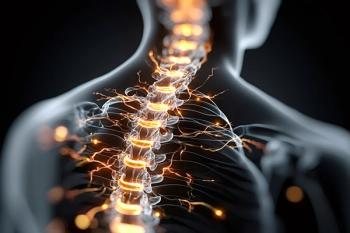
Researchers investigating the prevalence of vitamin D deficiency and insufficiency in individuals with chronic spinal cord injury assessed participants’ vitamin D levels using high-performance liquid chromatography-tandem mass spectrometry (HPLC-MS/MS).
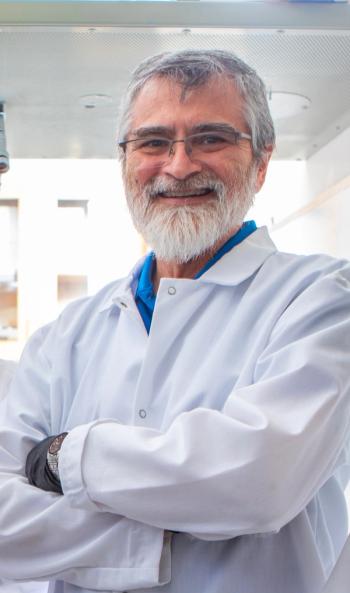
Silica stationary phases are traditionally prepared through silanization, where silanol groups on the silica surface react with organosilanes to create chemically bonded layers, typically with hydrocarbon chains such as C18 or C8 for reversed-phase separations. A research team from the Department of Chemistry at the University at Buffalo introduced an alternative surface modification method that avoids silanization, using diazonium chemistry instead. LCGC International spoke to Luis A. Colón, corresponding author of the paper that resulted from the team's research, about the method.
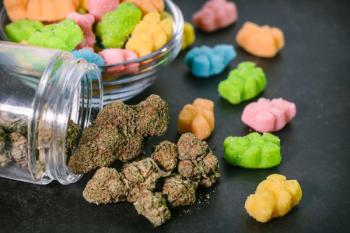
Researchers at the Dubai Police’s General Department of Forensic Science and Criminology set out to validate the use of Py-GC-MS for detecting THC in edibles and other THC-containing products with complex matrices, with the methodology then compared with GC-MS analysis to ensure it is fit-for-purpose.
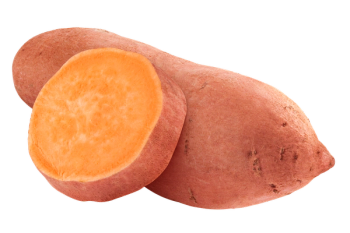
Researchers profiled and compared metabolites in drought-tolerant and drought-susceptible sweet potato cultivars under water-deficient conditions. Leaf samples were collected and analyzed for metabolite changes using untargeted ultrahigh-performance liquid chromatography-mass spectrometry (UHPLC-MS).

A joint study between Amsterdam University Medical Centers and MEDLAB analyzed over two dozen glucose sensors, insulin pumps, and insulin infusion sets to identify the chemicals present in these devices using gas chromatography–mass spectrometry (GC–MS).

Using advanced chromatography–mass spectrometry techniques, researchers mapped how metabolites move between coral tissue and skeleton, uncovering clear metabolic differences across tissue and skeletal layers.

Georgia Tech and NASA used advanced chromatography and a new computational tool to compare organic compounds in meteorite and terrestrial rock samples.

Researchers investigating the role of cholesterol metabolism disorders in the etiopathogenesis of autism spectrum disorder (ASD) through the analysis of central and peripheral oxysterol levels assessed those levels using liquid chromatography coupled with tandem mass spectrometry (LC-MS/MS).

Researchers analyzed 200 mustard samples using gas chromatography with flame ionization detection (GC-FID) to determine their fatty acid profile, with a specific focus on erucic acid (EA) content.

Researchers at Iran’s Islamic Azad University investigated the fatigue and cracking behavior of aged asphalt modified with various percentages of recycled and conventional rejuvenators commonly used in Iran using gel permeation chromatography.
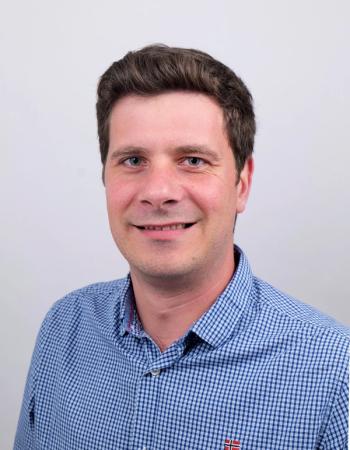
Researchers at Wageningen Food Safety Research (WFSR), part of Wageningen University & Research (The Netherlands), developed a manually curated open-access LC–HRMS/MS spectral library of 1001 food toxicants and 6993 spectra. LCGC International spoke with WFSR’s Ivan Aloisi about the work.

Researchers from China’s Southwest Medical University and The First People's Hospital explored metabolic associations and pathways in acne comorbid with depression via untargeted metabolomics using UHPLC-MS.

This edition of LCGC International’s “Equipment Roundup” spotlights Shimadzu’s i-Series LC-2070/LC-2080 Integrated High-Performance Liquid Chromatographs, and recent software upgrades to their ACD/Labs Spectra and Percepta platforms.

Researchers from Italian institutions investigated how the storage and transport of cocoa beans in jute bags from 15 countries contribute to mineral oil hydrocarbon (MOH) contamination, finding—using advanced chromatographic techniques including GC×GC-FID/MS.

A Purdue University team published a comprehensive review highlighting two decades of research advancing desorption electrospray ionization-mass spectrometry (DESI-MS) as a rapid, sensitive, and clinically valuable tool for improving surgical precision and patient outcomes in neuro-oncology.

Researchers at Fairleigh Dickinson University (Florham Park, New Jersey) published a study in Analytica that investigated the retention mechanisms of 16 native and modified nucleosides on a bare silica column in hydrophilic interaction liquid chromatography (HILIC). LCGC International spoke to Yong Guo, Professor of Pharmaceutical Science and Chair of the Department of Pharmaceutical Sciences at the Fairleigh Dickinson’s College of Pharmacy and Health Sciences, and corresponding author of the paper, about the group’s findings.

Researchers have developed a sensitive and selective GC–MS method for the simultaneous qualitative and quantitative analysis of multiple sterols in pre-prepared dishes.

A study focusing on the identification and characterization of a novel antioxidant peptide from black soybean aqueous extracts, targeting myeloperoxidase (MPO), a key enzyme in oxidative damage profiled the peptide components using LC-MS/MS.

A multinational research study assessed microplastic concentrations in the drinking water supply system of Amsterdam from source to tap using pyrolysis gas chromatography-mass spectrometry (Py-GC-MS).

A multinational research group developed and validated an in-house sample preparation procedure and liquid chromatography with tandem mass spectrometry (LC-MS/MS) method to monitor the suspected carcinogen acrylamide (AA) in 113 potato chip samples from Iranian brands during two periods: 2016-2017 and 2020-2021.

Researchers from the United Kingdom’s National Measurement Laboratory (NML) developed and evaluated a tailored mass spectrometry (MS)-based workflow for the detailed characterization and quantification of rAAV serotype 9 (rAAV9) capsid proteins.LCGC International spoke to Theodoros Kontogiannis from the NML and the lead author of the paper that resulted from this work, about the group’s findings.

Researchers have developed an enhanced LC-MS/MS method capable of quantifying 18 steroids—including key corticosteroid and sex steroid hormones, as well as intermediates involved in corticosteroid synthesis—in plasma and tail samples collected during the transition of tadpoles into frogs.

Research focused on the cooking process of marinades used headspace solid-phase microextraction gas chromatography-mass spectrometry to analyze changes and volatilization characteristics of flavor compounds at different cooking times.

A study conducted by a multinational research group investigated the potential of audible sound waves (in the form of music, specifically Pink Floyd’s "Another Brick in the Wall, Part 1") in enhancing nanoparticle neuronal uptake and brain penetration.

Researchers at Oregon State University and Dow Neurobiology developed a standardized aroma lexicon for characterizing the aromatic attributes of Cannabis inflorescence with an associated sensory method that included the use of gas chromatography in data analysis.

Researchers at the University of Buffalo used combined middle-up and bottom-up LC–MS/MS to characterize the HIV-1 broadly neutralizing antibody PGT 121. They identified multiple Fc and site-specific glycoforms and an unexpected N-terminal serine, revealing significant structural heterogeneity. This integrated approach enhances understanding of bNAb structure, supporting quality control and clinical development. LCGC International spoke to Troy Wood, corresponding author of the paper resulting from this research.

Researchers focused on the early stages of developing innovative plant-based active ingredients for skincare, using HPLC to determine which species should be shortlisted for phytochemical profiling.

Published: October 13th 2025 | Updated: October 29th 2025

Published: October 24th 2025 | Updated: October 29th 2025

Published: July 17th 2025 | Updated: August 20th 2025

Published: November 15th 2024 | Updated: November 19th 2024

Published: November 18th 2024 | Updated: November 19th 2024

Published: October 13th 2025 | Updated: October 29th 2025